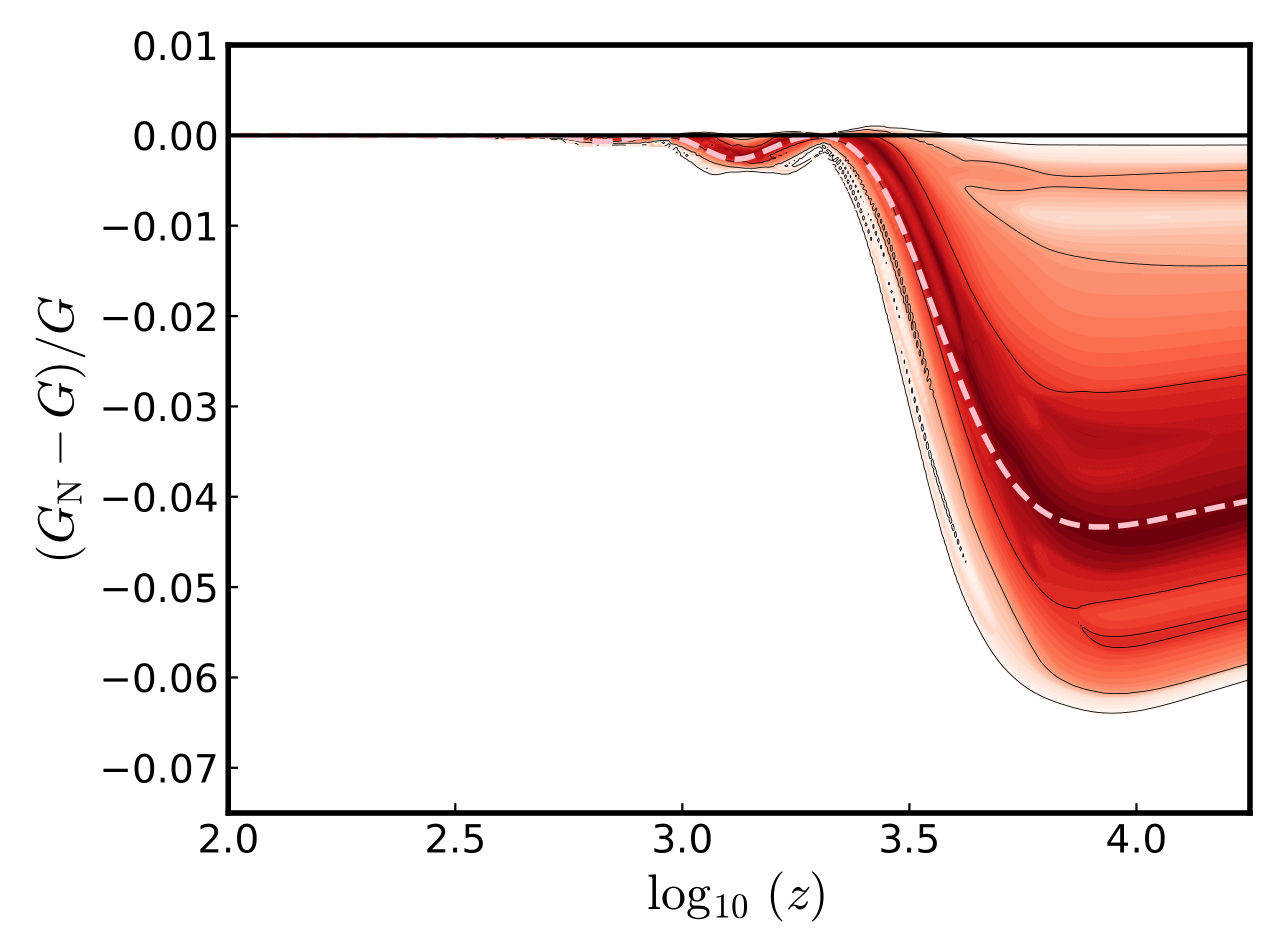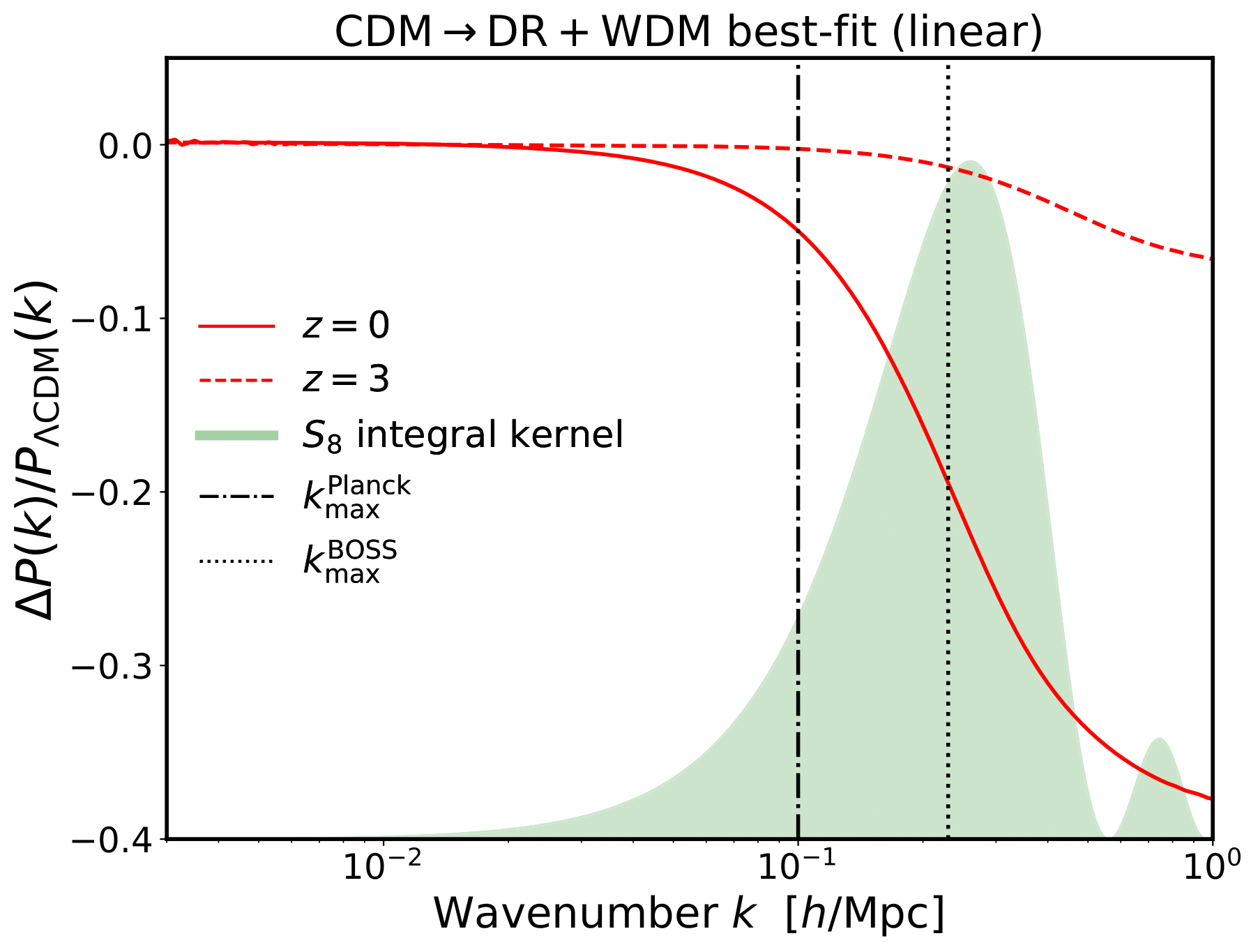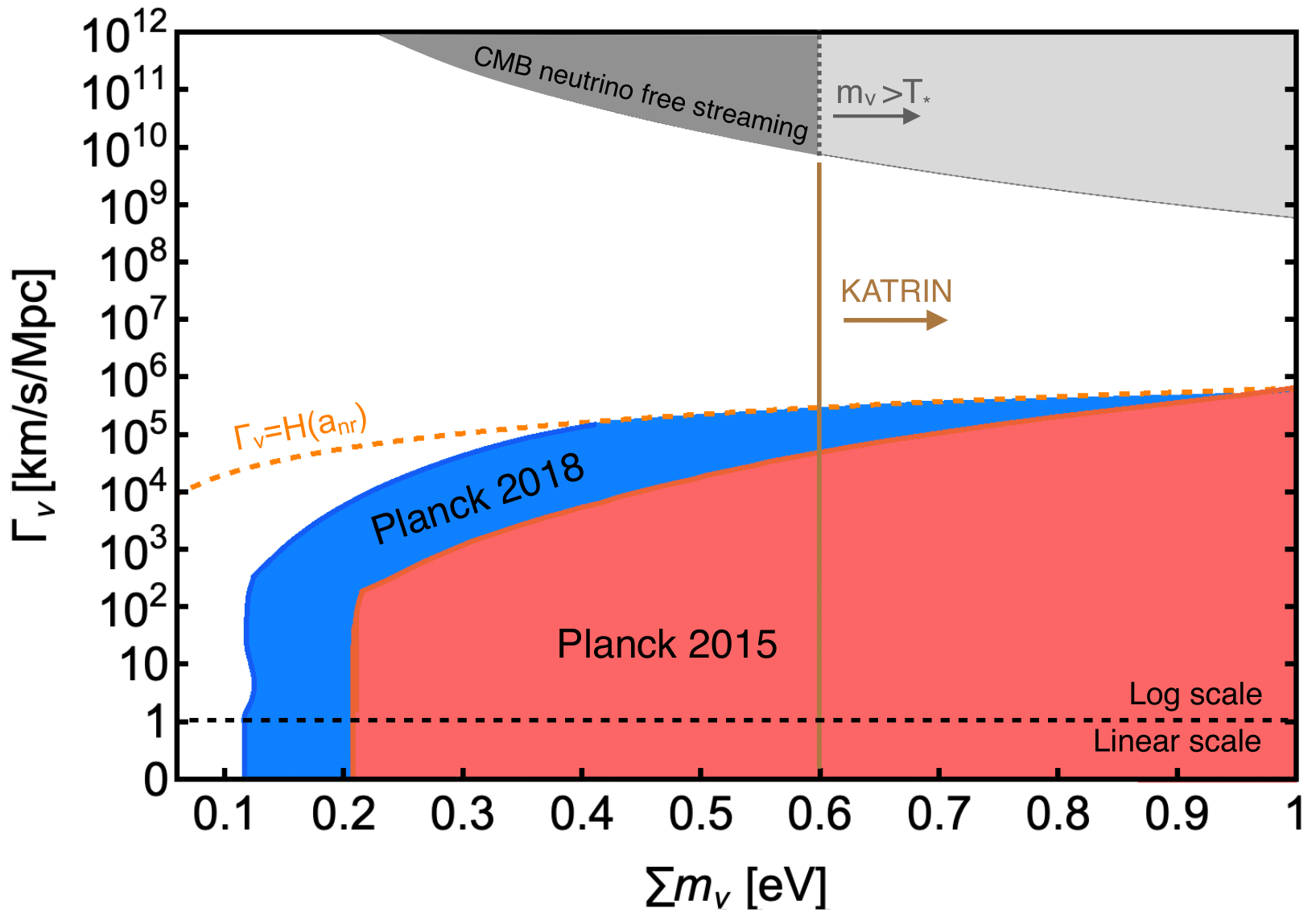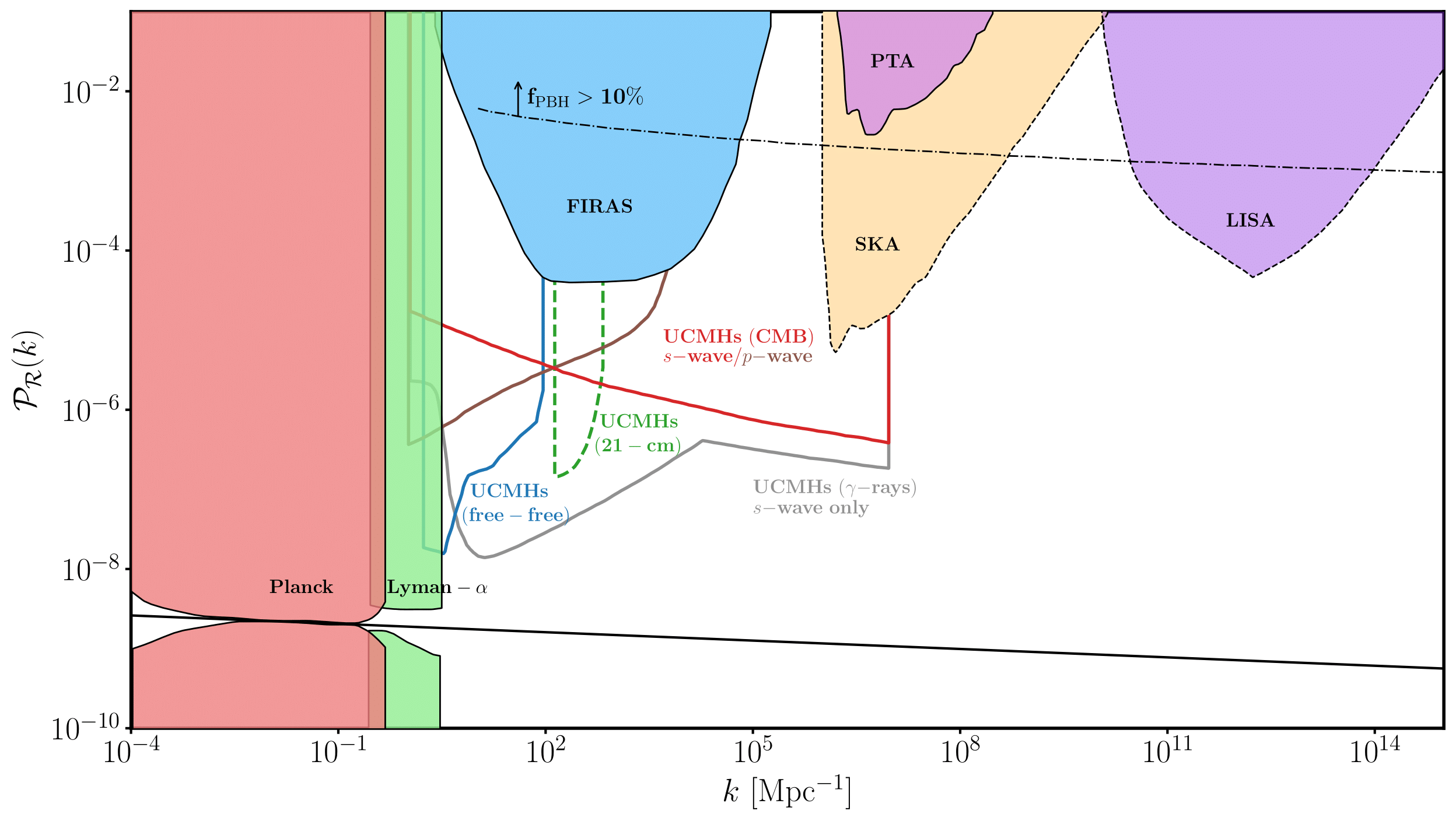My research covers various topics, but they are all connected to theoretical and phenomenological cosmology. Below you can find a brief description of my main areas of research. A complete list of my publications can be found on my InspireHEP profile, while my codes can be found on my GitHub page.
Simulation-based inference
Simulation-based inference (SBI) refers to a class of Bayesian methods which don't need an explicit evaluation of the likelihood, only to generate samples from it via a stochastic simulator. SBI methods use simulated data-parameter pairs to train neural networks that directly learn the posteriors of interest, and usually are more scalable and efficient than traditional inference methods such as Markov Chain Monte Carlo (MCMC). These modern techniques will be crucial to analyse upcoming surveys like Euclid, as this will be computationally unfeasible with standard tools.

(from Abellán, C. Herrera et al. 2024)
I have applied a SBI algorithm called Marginal Neural Ratio Estimation (MNRE, implemented in Swyft) to LSS photometric probes: weak lensing, galaxy clustering and the cross-correlation power spectra (i.e. the so-called 3x2pt signal). Using this code and mock data for a Stage IV survey, my collaborators and I showed that we can accurately recover the cosmological parameters with a speedup factor of ~40-60 compared to classical MCMC methods. I am also interested in applying SBI to higher-dimensional problems like Bayesian field reconstruction. In this context, I contributed to the development of a SBI framework to efficiently reconstruct the cosmological initial conditions from late-time DM density fields.
Cosmic tensions
With the increase in the number and accuracy of observations, discrepancies among cosmological parameters have emerged. Namely, local measurements of the Hubble constant H0 yield values that are 5-6σ higher than the ΛCDM prediction calibrated onto Planck data. Similarly, weak lensing surveys have reported values of the lumpiness of matter (as quantified by S8) which are consistently lower, at the 2-3σ level. For this reason, there has been a growing interest in exploring different extensions featuring non-trivial dark energy (DE) or dark matter (DM) properties, which could shed light on the mysterious dark sector and possibly explain these anomalies.


I have studied the cosmological signatures of various ΛCDM extensions, which are directly targeted at explaining the S8 tension (2-body decaying DM), the H0 tension (early dark energy, early modified gravity), or both tensions simultaneously (interacting stepped dark radiation). Using data from CMB, SNIa or galaxy clustering, my collaborators and I have derived state-of-the-art constraints on these scenarios, which can be applied to many different high-energy/particle physics models. To achieve this, I have extensively used and modified the Boltzmann solver CLASS and the MCMC sampler MontePython. When needed, I have also developed analytical approximations to speed up the evolution of linear perturbations (for instance, this enabled the first full analysis of the 2-body decaying DM model).
Neutrino cosmology
A key prediction of the concordance cosmological model is the presence of a relic neutrino background (CνB), which leaves detectable imprints on CMB and LSS observables. This can then be used to constrain properties such as neutrino mass. Over recent years, the cosmological upper limits on the total neutrino mass have become increasingly stringent, reaching a point where they may potentially conflict with direct laboratory bounds. However, cosmological mass bounds are model-dependent, and can be significantly relaxed in scenarios such as neutrino decays.

Together with my collaborators, we have derived the most up-to-date CMB constraints on ∑mν as a function of neutrino lifetime. This work showed that scenarios where neutrinos decay non-relativistically into dark radiation can relax mass bounds up to ∑mν~0.4 eV. Recently, I also got interested on improving the modelling of the CνB abundance and anisotropies with the help of numerical simulations and linear perturbation theory. This will be important to understand the prospects of future experiments aiming to directly detect the CνB, like PTOLEMY.
Exotic energy injection
There are several models where DM is expected to annihilate or decay, leading to an injection of exotic energy into the intergalactic medium. These models modify the thermal history of the universe, and consequently, the CMB anisotropies or the 21cm signal. Interestingly, exotic energy injection can also be used as an indirect probe of inflation. The idea is that many inflationary scenarios predict an enhancement in the primordial power spectrum at small scales. This can trigger the early formation of ultracompact minihalos (UCMHs), which can in turn boost the DM annihilation signal.

(from Abellán and Fachinetti 2023)
Using an accurate analytical model of DM annihilations within UCMHs onto the CMB, my collaborator and I have derived robust constraints on the small-scale primordial spectrum. These constraints are competitive with those coming from γ-ray observations or other probes. Currently, I'm forecasting the constraining power of future 21cm surveys to DM annihilations with the help of the Swyft code.
